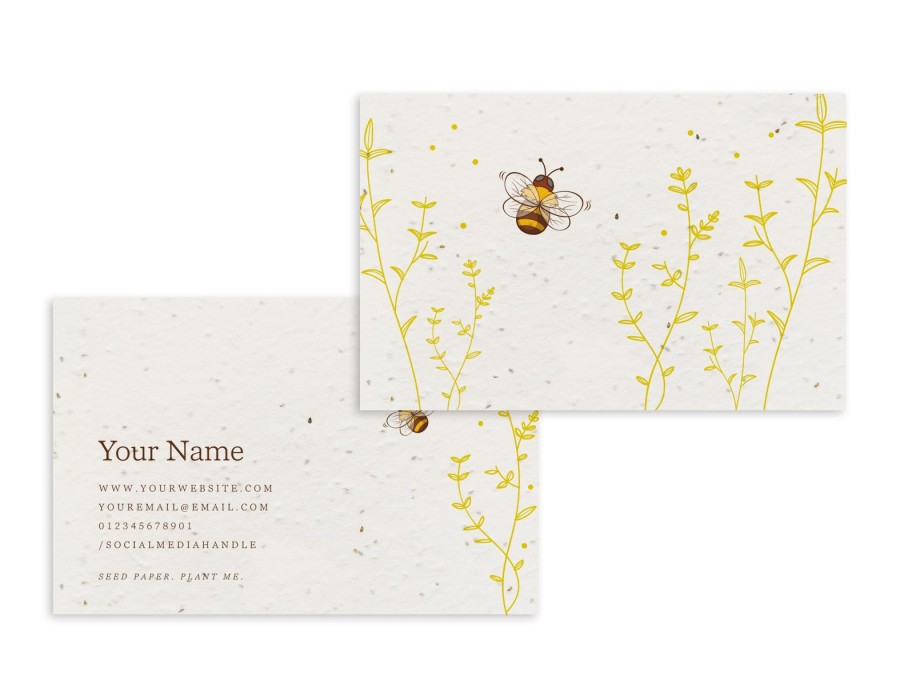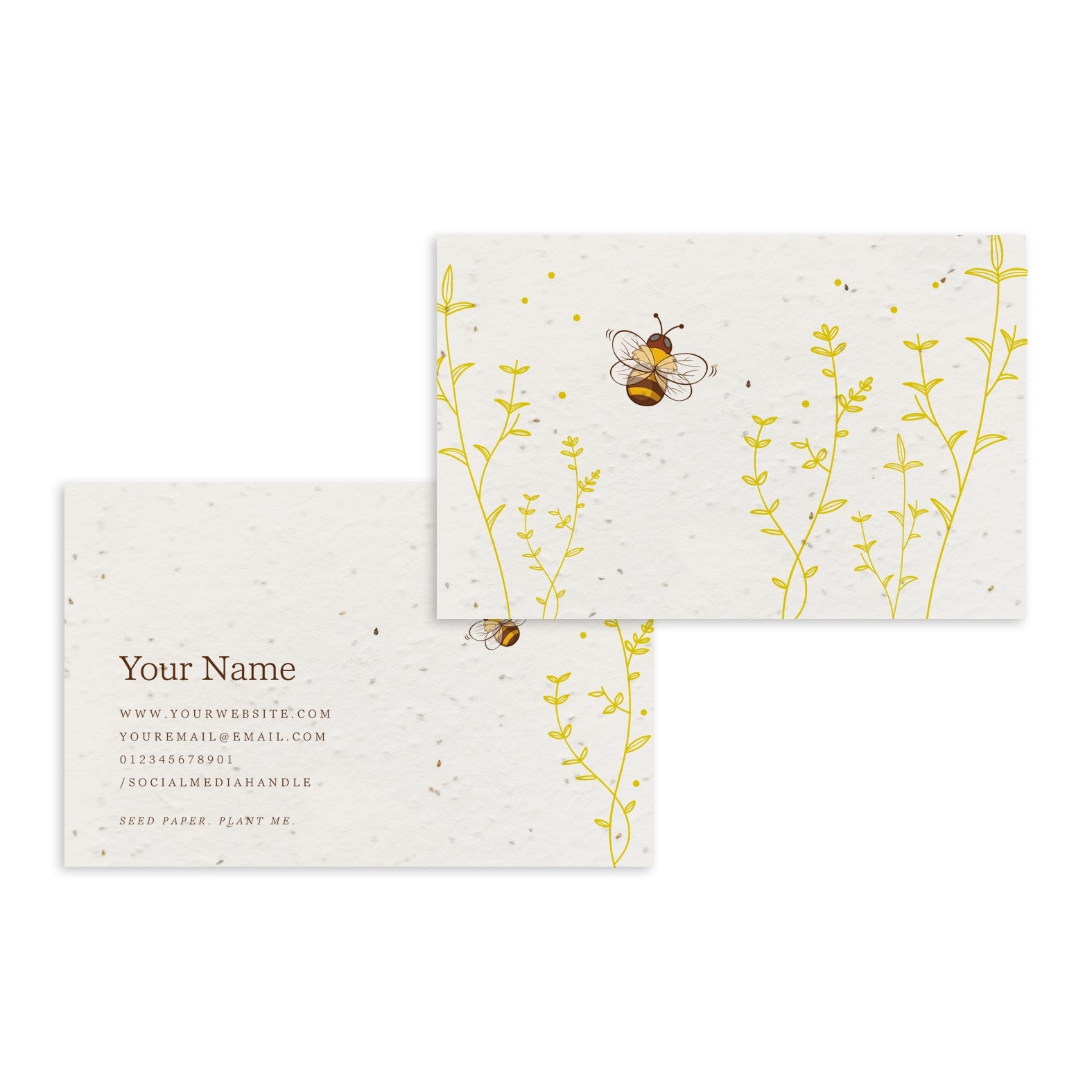The Importance of Eco-Friendly Business Practices
Consumers are increasingly aware of the environmental impact of the products and services they use. As sustainability becomes a higher priority, businesses are finding that incorporating eco-friendly practices can help differentiate their brand and build stronger relationships with environmentally conscious clients. Switching to eco-friendly business cards is a small but powerful step that signals a company’s commitment to sustainability.
Conventional business cards are often made from materials that contribute to deforestation and pollution. They frequently include glossy finishes, inks, and coatings that are not recyclable or biodegradable, contributing to the global waste problem. With billions of business cards being printed annually, the environmental toll adds up quickly.
Eco-friendly business cards offer a way to mitigate this impact, eco friendly business cards using sustainable materials, biodegradable elements, and environmentally responsible production methods.
Materials Used in Eco-Friendly Business Cards
One of the key aspects of eco-friendly business cards is the use of sustainable and recyclable materials. Instead of traditional paper made from virgin wood pulp, sustainable options often include:
Recycled Paper: Business cards made from 100% post-consumer recycled paper are an excellent choice for reducing waste. This paper is sourced from previously used materials, giving it new life without the need to cut down more trees.
Seed Paper: Seed paper is an innovative material embedded with seeds, which allows recipients to plant the business card and grow flowers, herbs, or plants. This turns a simple card into a lasting, eco-friendly gesture.
Cotton or Hemp Paper: Cotton or hemp-based paper is a more sustainable option than traditional wood pulp paper. Both materials are renewable and biodegradable, making them an excellent choice for eco-conscious businesses.
Bamboo: Bamboo is a fast-growing, renewable resource that can be used to make durable and attractive business cards. It’s both biodegradable and requires minimal resources to grow, making it a top choice for sustainable products.
Environmentally Friendly Printing Options
In addition to the materials used, the printing process for eco-friendly business cards is designed to minimize environmental impact. Here are some key practices:
Soy-Based Inks: Traditional inks are often petroleum-based and can release volatile organic compounds (VOCs) during printing. Soy-based inks, on the other hand, seed paper plantable shapes are made from renewable resources and have a lower environmental impact. They also provide vibrant colors and are easier to remove during the recycling process.
Water-Based Coatings: Many business cards use coatings like UV varnish or lamination to provide a glossy finish, but these coatings are not recyclable. Water-based coatings are a sustainable alternative that offers protection without compromising recyclability.
Digital Printing: Digital printing generates less waste compared to traditional offset printing. It uses less ink, fewer chemicals, and produces fewer paper scraps, making it a more eco-friendly option for short print runs.
The Benefits of Choosing Eco-Friendly Business Cards
Switching to eco-friendly business cards offers numerous benefits, both for the environment and for your business:
Environmental Impact: By using recycled or sustainable materials, and choosing eco-friendly printing methods, your business can significantly reduce its carbon footprint. Each small action contributes to a larger positive impact on the planet.
Brand Image: Consumers increasingly prefer to support companies that prioritize sustainability. Eco-friendly business cards serve as a tangible representation of your company’s values and can help enhance your brand’s image among environmentally conscious clients.
Unique and Memorable: Eco-friendly materials like seed paper or bamboo offer a unique texture and feel that makes your business card stand out. A card that can be planted or is made from sustainable resources creates a lasting impression, showing creativity and environmental responsibility.
Cost-Effective: While some eco-friendly options may be slightly more expensive upfront, the long-term benefits of aligning your business with sustainability, such as customer loyalty and positive brand perception, often outweigh the initial costs.






Comments